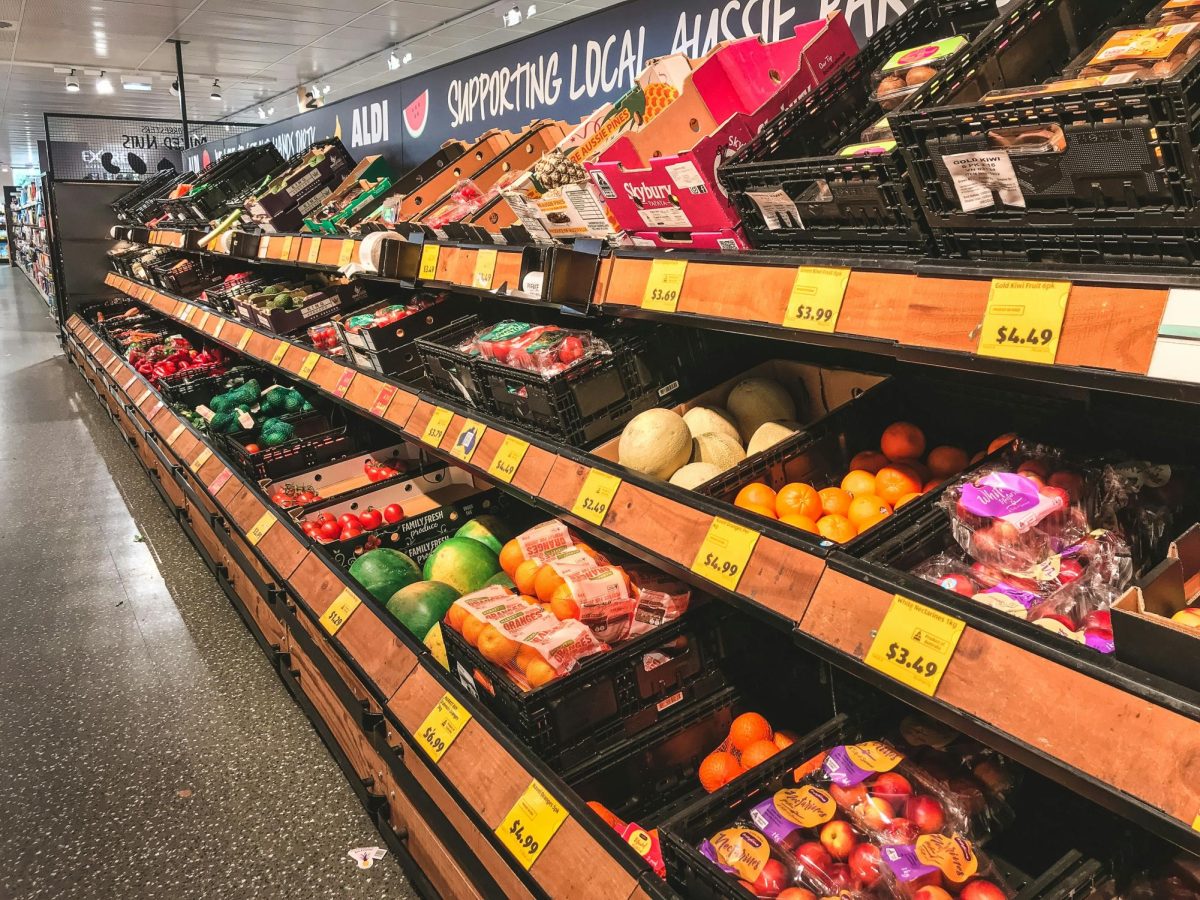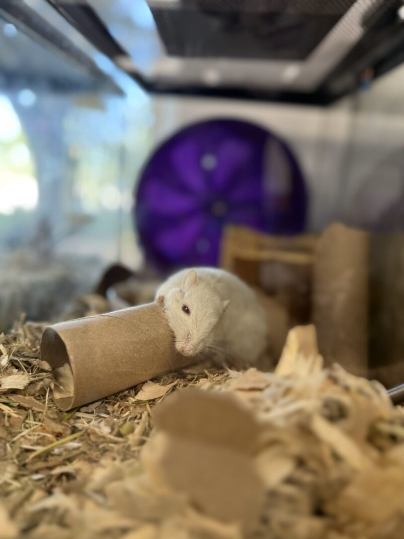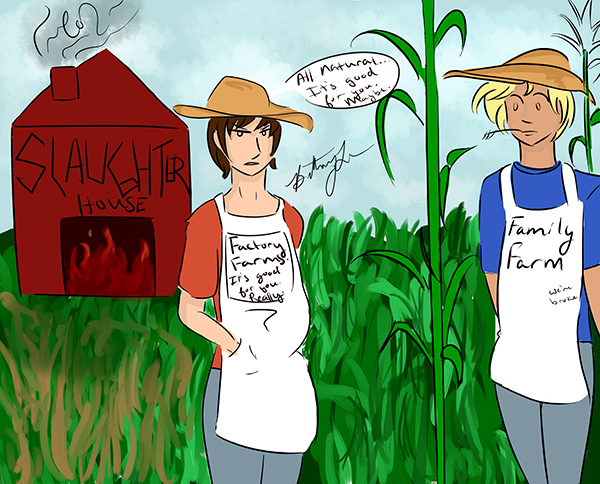Many people agree that world hunger is a major issue needing to be solved. This is a worthy goal because everyone should have access to the food and nutrition they require.
However, it is important to consider how world hunger is solved. Many people believe the solution is industrial farming practices, but this growing industry deserves closer scrutiny considering its negative effects on human health and the environment.
According to a report conducted by the U.N. Food and Agriculture Organization, the livestock industry produces more greenhouse gas emissions than the entire transportation sector.

Large-scale industrial animal farming not only uses inhumane and unhealthy practices to keep more animals in less space but also requires large-scale deforestation to function.
The population of the world could be fed if the land used to produce corn and soy for animal feed was instead used to grow food for human consumption.
Thirty-four percent of crop land globally is used to produce feed for livestock — a hugely unnecessary use for such a large amount of the world’s available land.
“Counting grazing land, as well as lands in feed crop production, the livestock sector occupies 30 percent of the ice-free terrestrial surface of the planet,” according to a 2006 report by the Food and Agriculture Organization.
Forest area continues to be cut down for grazing and planting crops to support industrial livestock production.
As more land is being used, more meat produced (and, as a result, more consumed), the largest industrial meat companies increase their profits. In spite of this, global hunger persists.
Hunger exists because of inequality not because the world lacks enough food. More than enough food is already produced to feed the population of the world one and a half times, but most of it goes instead into biofuels and industrial animal farming.
The expansion of large industrial farms pushes smaller farms out of business and forces those who wish to remain in farming to conform to and comply with the regulations and practices of the biggest industrial farming companies.
Between 1950 and 2005, the production of pigs in the U.S. rose from 80 to 100 million while at the same time the number of pig farms decreased from 2 million to 73,600.
These practices degrade the land and diminish the nutritional value of the food.
Alternatively, research collected by a recent U.N. report suggests that ecologically sustainable farming practices could more effectively help feed the growing population of the world, which is predicted to reach 9 billion by 2050.
“Conventional farming relies on expensive inputs, fuels climate change and is not resilient to climate shocks,” U.N. special reporter Olivier De Schutter said. “A large segment of the scientific community now acknowledges the positive impacts of agroecology on food production, poverty alleviation and climate change mitigation.”
It is crucial that we recognize factory farms do not feed the world. They degrade it environmentally and cause more human health issues than they solve. Their only purpose is to make increasingly large amounts of money for an ever-shrinking number of companies.



























